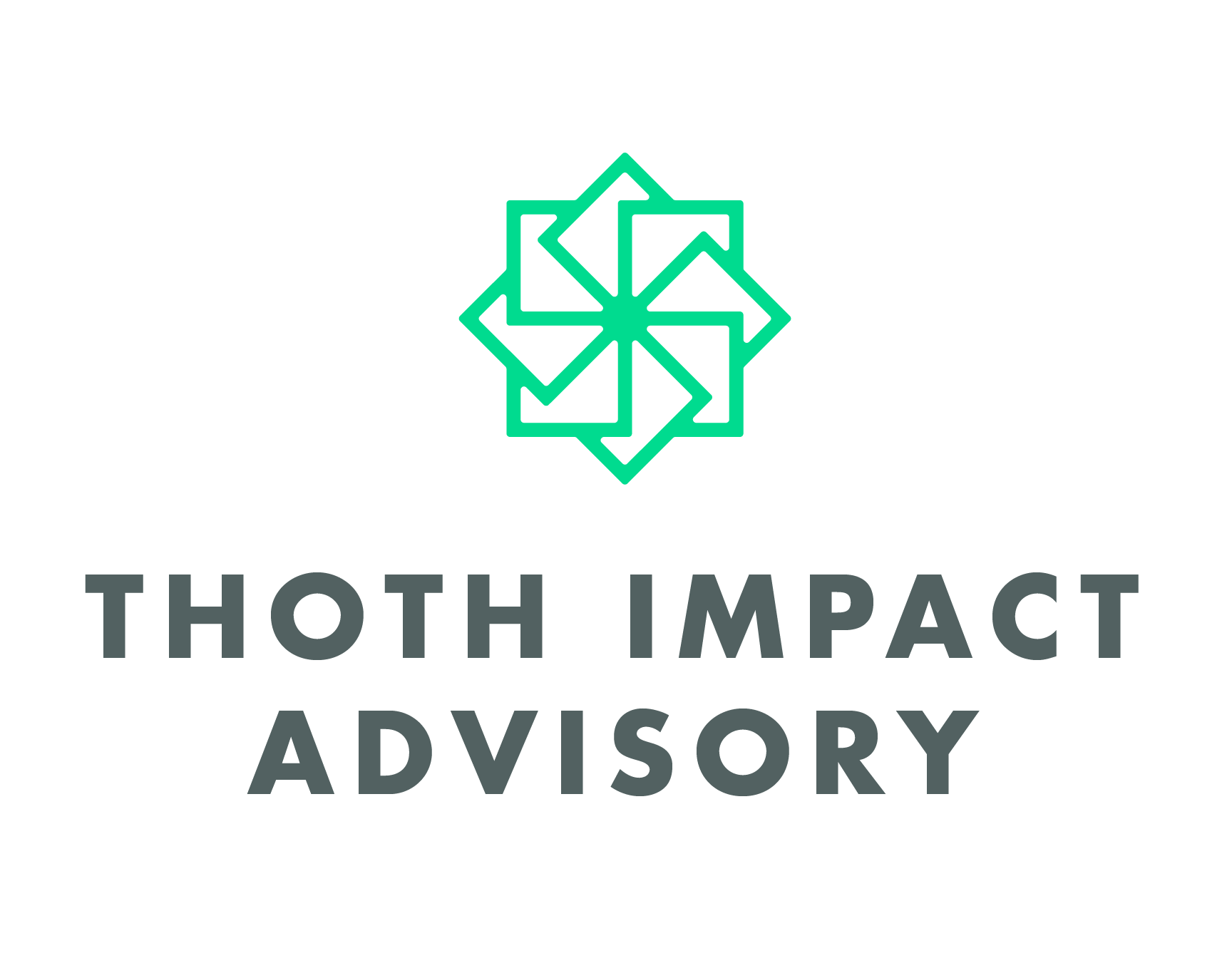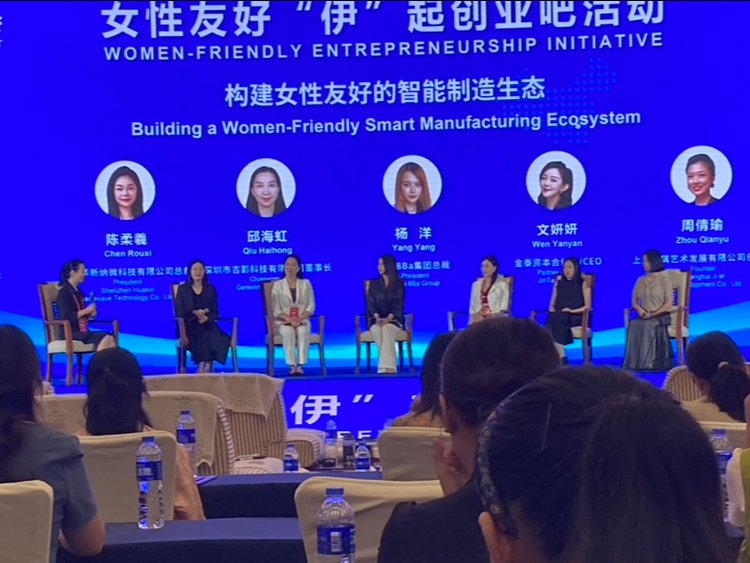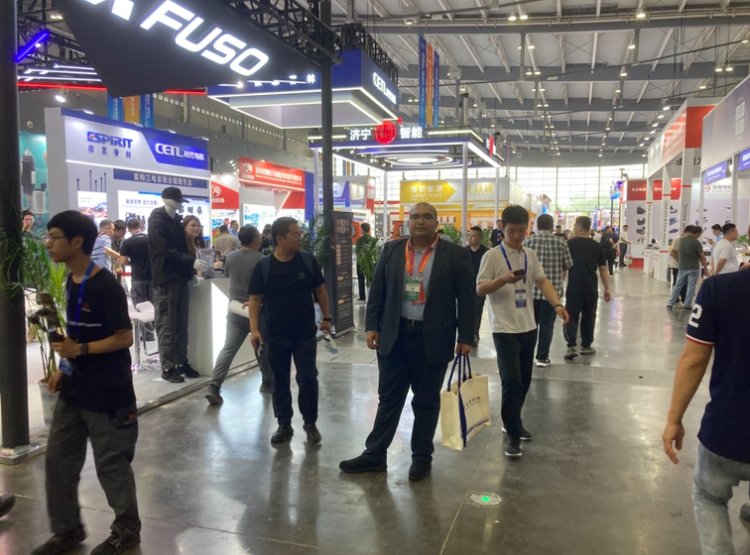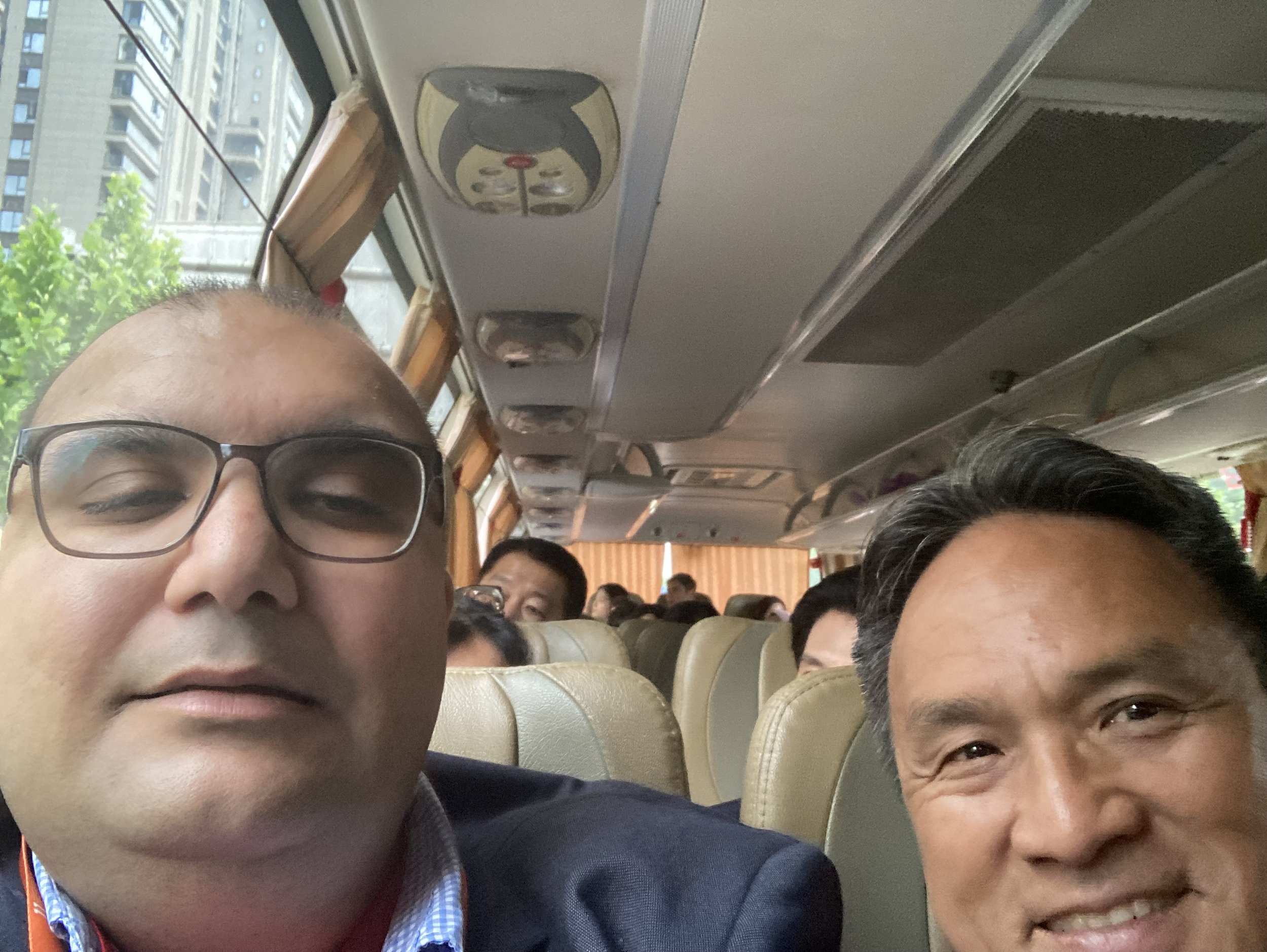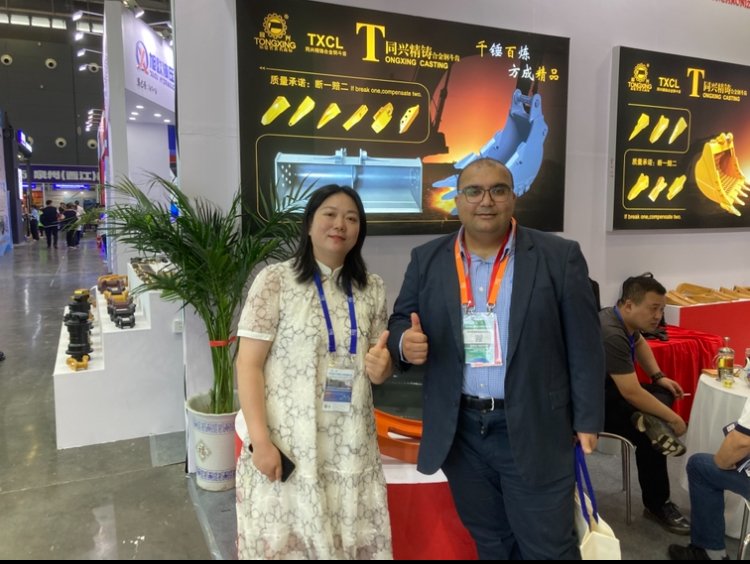LEARNING INSIGHTS ON ARTIFICIAL INTELLIGENCE (AI) IN CHANGSHA (CHINA) AT THE 2ND GLOBAL HIGH-END MANUFACTURING SUMMIT
From 14th to 16th May 2025, I had the privilege of visiting Changsha, Hunan Province, in China, to attend the 2nd Global High-End Manufacturing Summit, jointly organised by the Asia-Pacific CEO Association (APCEO) and the Changsha Municipal People’s Government. The summit brought together global leaders, industry experts, and innovators to exchange perspectives on the future of high-end manufacturing, with a strong emphasis on Artificial Intelligence (AI) and Global Collaboration and its transformative role in the sector.
A Dynamic Platform for Global Exchange
The summit was a vibrant platform for dialogue and collaboration, attracting delegates from over 30 countries and regions within the Asia-Pacific, Middle East, North America and Europe. The diversity of perspectives, coupled with the shared commitment to advancing high-end manufacturing, created an atmosphere of genuine exchange and learning. The event’s agenda was thoughtfully curated, covering topics that are shaping the future of the industry—particularly the integration of AI technology and services in manufacturing and related sectors through global collaboration.
Meeting with Mr. Zheng Xiongwei (centre), the Global Executive Chairman of APCEO and Chairman of APCEO Asia, along with being a renowned international economist.
Exploring AI-Driven Innovation
One of the summit’s central themes was the integration of AI into manufacturing processes. Sessions highlighted how AI is revolutionising traditional manufacturing by enabling smart production, predictive maintenance, and enhanced quality control. I was particularly interested in discussions around the convergence of AI with industrial Internet of Things (IoT) platforms, which are enabling real-time data analysis and decision-making on the factory floor. I was also intrigued by such AI-driven processes enhancing businesses managed by women entrepreneurs.
The summit also showcased successful case studies where AI-driven innovation has led to significant productivity gains and operational efficiencies. These examples provided valuable insights into best practices and the practical challenges of implementing AI at scale within complex manufacturing environments.
Attending the summit also entailed summit organisers providing us a tour of the Changsha International Construction Equipment Exhibition (CICEE). This exhibition showcased the latest in global construction machinery, with a strong focus on high-end, AI and green technologies, such as digitisation, supply chain automation, electrification, hydrogen energy, smart construction, and low carbon solutions, featuring over 1 500 new products and technologies from leading international and Chinese manufacturers. It was indeed a phenomenal sight to see.
Global Collaboration: Building the Future Together
A recurring message throughout the summit was the importance of international cooperation. As high-end manufacturing becomes increasingly globalised, cross-border partnerships are essential for driving innovation and ensuring sustainable growth. The summit facilitated meaningful connections between policymakers, business leaders, and technology providers, fostering an ecosystem where collaborative projects can flourish.
In addition, I had the opportunity to engage with professionals working at the intersection of AI and manufacturing from various countries. These conversations underscored the universal challenges we face—such as talent development, data security, and ethical AI deployment—and the shared opportunities that arise from pooling our expertise and resources.
Throughout the conference, I had wonderful conversations with an array of professionals, especially with Richard Wong, who runs Smart City CA USA, a non-profit hub for public-private partnerships, advances economic, social, and environmental goals in the San Francisco Bay Area, USA. This is us on the bus, transporting us to the CICEE.
Richard Wong and I meeting some professionals from the West African country of Ghana, who were also summit attendees.
Meeting Visionary Leaders and Innovators
One of the most rewarding aspects of the summit was meeting professionals who are actively shaping the future of AI in manufacturing and services. Their passion for leveraging technology to solve real-world problems was both inspiring and energising. Whether it was through formal panel discussions or informal networking sessions, these interactions deepened my understanding of the latest trends in AI-driven service integration and the strategic imperatives for industry transformation.
Reflections and Next Steps
Attending the 2nd Global High-End Manufacturing Summit was an enriching experience that broadened my perspective on the critical role of AI in driving the next wave of industrial innovation. The summit reaffirmed the value of global collaboration and the need for continual learning as we navigate the evolving landscape of high-end manufacturing.
As I return to my primary base in Sydney, Australia, to engross further with my work through my consultancy practice at Thoth Impact Advisory (TIA), I am now even more energised by the insights gained and the new connections formed. I look forward to applying these learnings to support clients in harnessing AI for sustainable growth and operational excellence.
